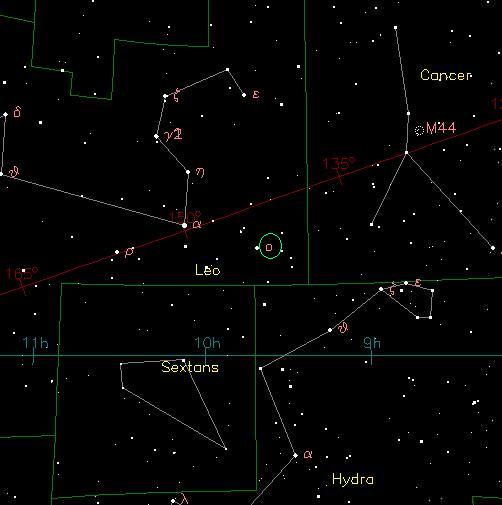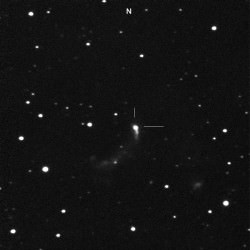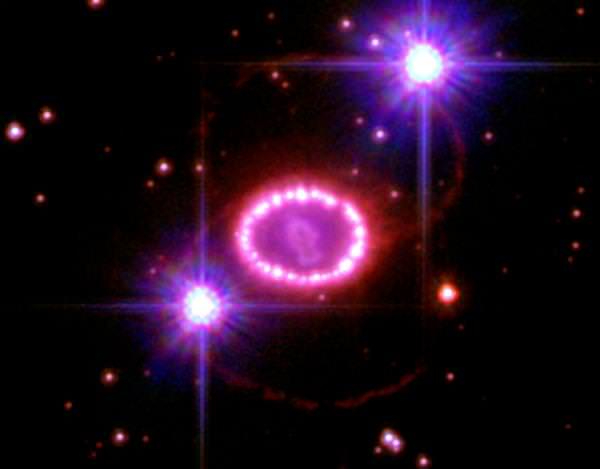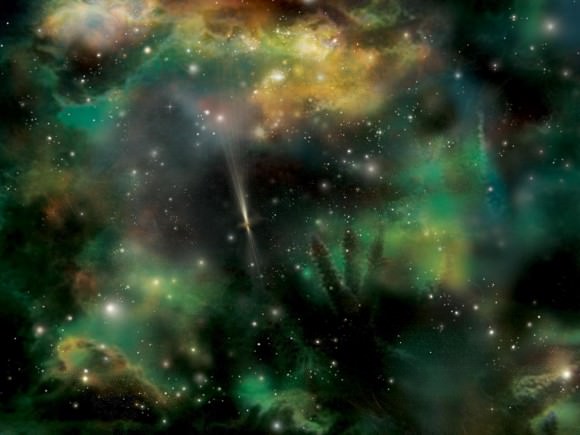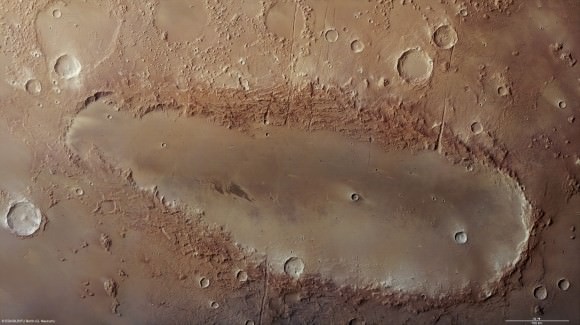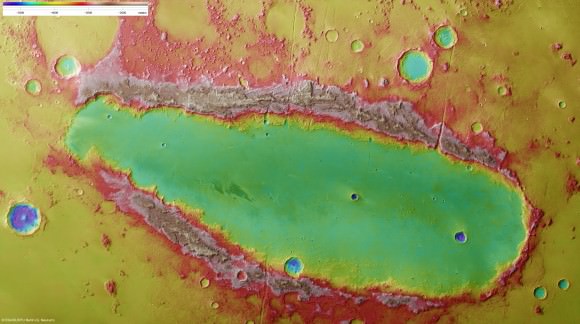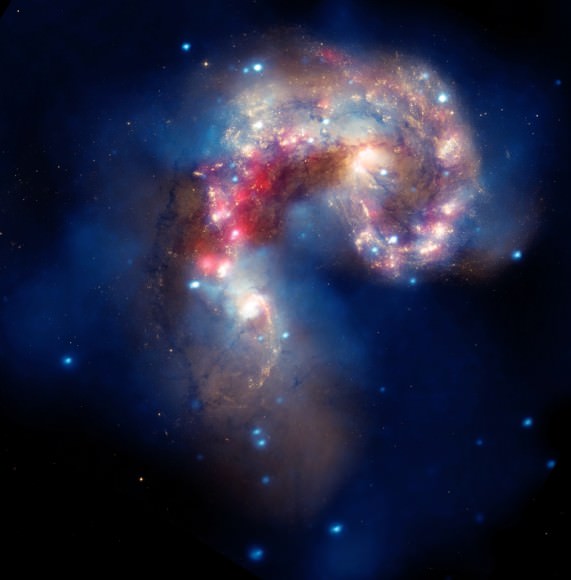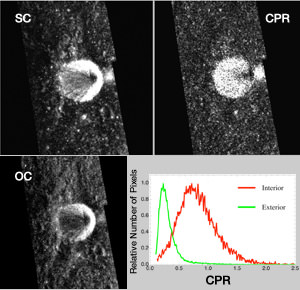
Artist illustration of a super Earth around Gliese 581
An enticing new
extrasolar planet found using the Keck Observatory in
Hawaii
is just three times the
mass of Earth and it
orbits the parent
star squarely in the middle of the star’s “Goldilocks zone,” a potential habitable region where liquid water could exist on
the planet‘s surface. If confirmed, this would be the most
Earth-like
exoplanet yet discovered and the first strong case for a potentially habitable one. The discoverers also say this finding could mean our
galaxy may be teeming with prospective habitable
planets.
“Our findings offer a very compelling case for a potentially habitable planet,” said Steven Vogt from UC
Santa Cruz
. “The fact that we were able to detect this planet so quickly and so nearby tells us that planets like this must be really common.”
Vogt and his team from the Lick-Carnegie Exoplanet Survey actually found two
new planets around the heavily studied red
dwarf star
Gliese 581, where planets have been found previously. Now with six known planets,
Gliese 581 hosts a planetary system most similar to our own. It is located 20
light years away from Earth in the
constellation Libra.
The most interesting of the two new planets is Gliese 581g, with a mass three to four times that of
the Earth and an orbital period of just under 37 days. Its mass indicates that it is probably a rocky planet with likely enough gravity to hold on to an atmosphere.
The planet is also tidally locked to the star, meaning that one side is always facing the star in
sunlight, while the side facing away from the star is in perpetual darkness. One effect of this is to stabilize the planet’s surface climates, according to Vogt. The most habitable zone on the planet’s surface would be on the
terminator, the line between shadow and light, with surface temperatures decreasing toward the dark side and increasing toward the light side.
“Any emerging life forms would have a wide range of stable climates to choose from and to evolve around, depending on their longitude,” Vogt said.
There has been debate about the other planets found previously around Gliese 581, whether they could be habitable or not. Two of them lie at the edges of the habitable zone, one on the hot side (planet c) and one on the cold side (planet d). While some astronomers still think planet d may be habitable if it has a thick atmosphere with a strong
greenhouse effect to warm it up, others are skeptical. The newly discovered planet g, however, lies right in the middle of the habitable zone.
“We had planets on both sides of the habitable zone–one too hot and one too cold–and now we have one in the middle that’s just right,” Vogt said.
The researchers estimate that the average surface
temperature of the planet is between -24 and 10 degrees Fahrenheit (-31 to -12 degrees Celsius). Actual temperatures would range from blazing hot on the side facing the star to freezing cold on the dark side.
If Gliese 581g has a rocky composition similar to the Earth’s, its diameter would be about 1.2 to 1.4 times that of the Earth. The surface gravity would be about the same or slightly higher than Earth’s, so that a person could easily walk upright on the planet, Vogt said.
The planet was found using the HIRES spectrometer (designed by Vogt) on the Keck I
Telescope, measuring the star’s radial velocity. The gravitational tug of an orbiting planet causes periodic changes in the radial velocity of the host star. Multiple planets induce complex wobbles in the star’s motion, and astronomers use sophisticated analyses to detect planets and determine their orbits and masses.
“It’s really hard to detect a planet like this,” Vogt said. “Every time we measure the radial velocity, that’s an evening on the telescope, and it took more than 200 observations with a precision of about 1.6 meters per second to detect this planet.”
In addition to the radial velocity observations, coauthors Henry and Williamson made precise night-to-night brightness measurements of the star with one of Tennessee State University’s robotic
telescopes. “Our brightness measurements verify that the radial velocity variations are caused by the new orbiting planet and not by any process within the star itself,” Henry said.
The researchers also explored the implications of this
discovery with respect to the number of
stars that are likely to have at least one potentially habitable planet. Given the relatively small number of stars that have been carefully monitored by planet hunters, this discovery has come surprisingly soon.
“If these are rare, we shouldn’t have found one so quickly and so nearby,” Vogt said. “The number of systems with potentially habitable planets is probably on the order of 10 or 20 percent, and when you multiply that by the hundreds of billions of stars in
the Milky Way, that’s a large number. There could be tens of billions of these systems in
our galaxy.”
Source:
University of California – Santa Cruz
